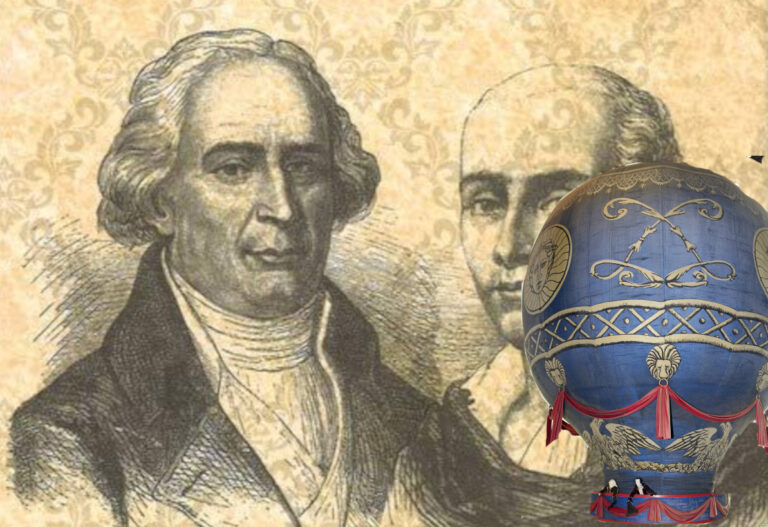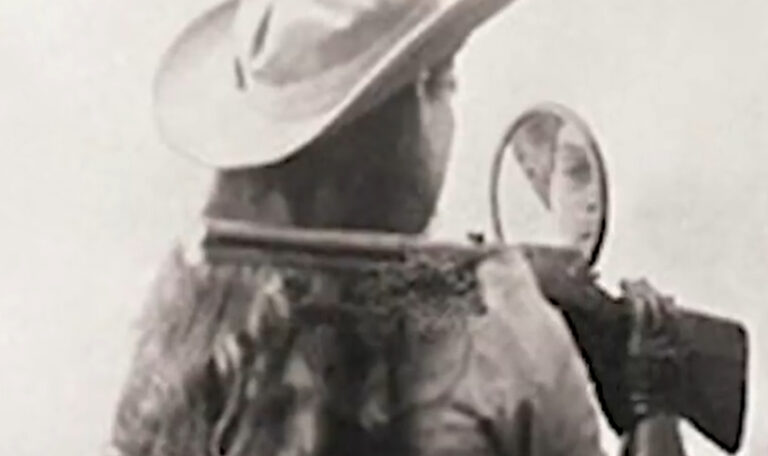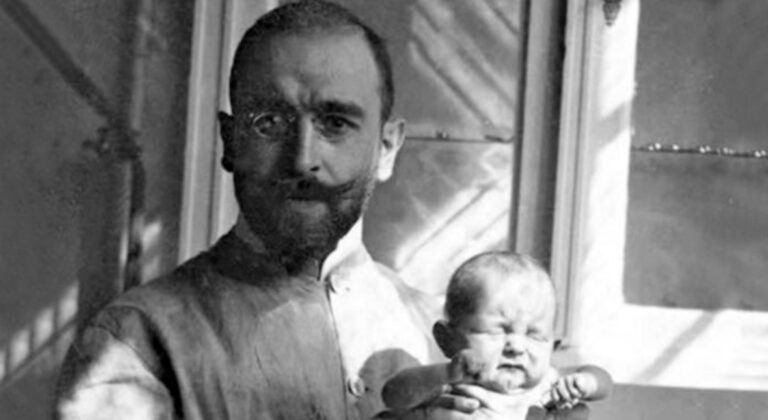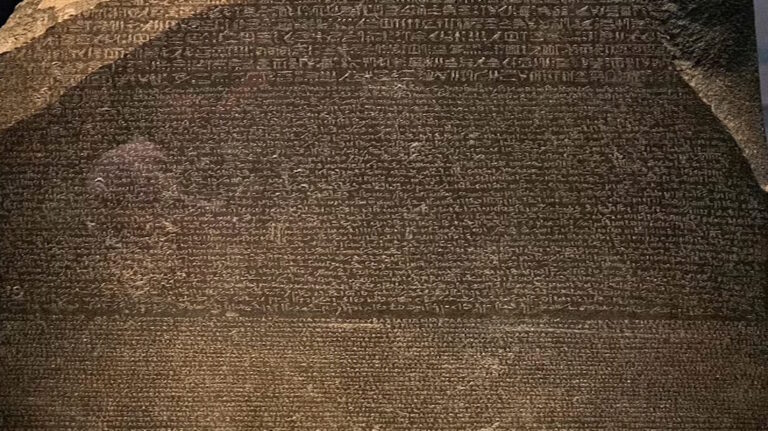The early 18th century was a time of radical transformation in Europe. Enlightenment thinkers were laying the foundations of modern science and reason. Isaac Newton’s Principia Mathematica had been published just decades earlier, and empirical observation was rapidly replacing superstition. In this era, the idea of perpetual motion—a machine that could run forever without fuel—was seen as the holy grail of mechanical ingenuity.
Inventors across Europe, from clockmakers to alchemists, dreamed of such a device. A machine that defied friction and gravity would revolutionize industry, mining, agriculture—even warfare. But it would also contradict a fundamental principle that scientists were beginning to codify: that energy is conserved, not magically generated.
The Rise of Orffyreus
Into this world of curiosity and skepticism entered Johann Ernst Elias Bessler, a relatively obscure watchmaker from Zittau in Saxony. Born in 1680 to a modest family, Bessler exhibited mechanical talent early in life. He traveled extensively in his youth, reportedly studying with various doctors, alchemists, and inventors, developing not just his mechanical skills but also a flair for the mystical.
Around 1712, Bessler began calling himself Orffyreus—a cipher created using the ROT-13 encryption method, swapping letters 13 places in the alphabet (B → O, E → R, etc.). The pseudonym lent his persona an aura of enigma, as if he were part scientist, part prophet.
That same year, Bessler unveiled the first version of his invention: a rotating wheel that, once started, would never stop.
The Gera and Draschwitz Wheels
Bessler’s first perpetual motion machine appeared in the town of Gera. It was a relatively small device—about 1.5 meters in diameter. The wheel was enclosed, preventing onlookers from seeing its internal mechanism. But it would rotate on its own after an initial push and continue to spin indefinitely.
Shortly afterward, a larger and more impressive version was constructed in Draschwitz, and it too attracted attention. Nobles and academics visited the site. Observers attested to the wheel’s persistent motion. Though it could be stopped with pressure, once released, it would resume turning on its own.
Skeptics began to ask hard questions. Was someone hiding behind a wall turning it manually? Was it connected to a clockwork or weight-driven mechanism?
To address the doubts, Bessler moved to Merseburg and built a third wheel.
Merseburg and the Turning Point
The Merseburg wheel, unveiled around 1715, was a more robust and refined machine. It was housed in a carefully monitored space and, again, was kept sealed to prevent inspection. The wheel turned with greater consistency and exhibited more power, capable of lifting small weights and performing mechanical work.
This caught the attention of Prince Karl of Hesse-Kassel, who invited Bessler to his estate in Kassel to construct yet another wheel—his most ambitious yet.
The Weissenstein Demonstration
In 1717, Bessler built a massive wheel inside Weissenstein Castle (today known as Schloss Wilhelmshöhe). This device stood 12 feet in diameter and was only about 14 inches thick. Yet it rotated at a constant rate of 25-26 RPM and could lift substantial loads using pulleys.
To silence accusations of fraud, Prince Karl sealed the room containing the wheel and ordered it locked for 54 consecutive days. Guards watched the area; seals were placed on the door.
When the room was reopened, the wheel was still turning—without any known energy input for nearly two months.
This astonishing demonstration turned Bessler into a phenomenon. Scientific observers, including the Dutch physicist Willem ‘sGravesande, examined the wheel and declared they could find no deception. ‘sGravesande wrote:
“I watched the wheel for many hours, testing its torque and motion, and could find no trickery.”
Bessler’s Obsession with Secrecy
Despite the fanfare, Bessler never allowed a full inspection of the internal mechanism. He insisted his invention could easily be stolen or reverse-engineered. His writings revealed a paranoia toward spies, saboteurs, and dishonest scientists. He accused others—including his own brother—of trying to betray him.
He offered to sell the secret of the wheel for an enormous sum: £20,000 (over £3 million today, adjusted for inflation). But he refused to reveal any details until the money was secured—no exceptions.
This condition, of course, stalled any deals. Scientific minds, including Leibniz and Newton’s circle, were unwilling to buy a perpetual motion machine sight unseen.
The Mysterious Mechanism
Bessler wrote cryptically about the wheel’s operation. In his Apologia Poetica, he hinted at internal weights that shifted rhythmically, creating imbalance and driving continuous rotation:
“A great secret is concealed in my wheel… weights rise and fall, and as one sinks, another is lifted.”
He described the mechanism metaphorically—as if the machine possessed its own soul or intelligence. Diagrams in his books, particularly the Toys Page, depict strange wooden mechanisms, rotating arms, and swinging levers.
Modern engineers have tried to reconstruct such a mechanism, often with limited success. Most conclude that any imbalance created by falling weights would be self-canceling—a notion consistent with modern physics.
The Fall of Orffyreus
Bessler’s increasing eccentricity and refusal to compromise alienated his supporters. Accusations flew: his maid claimed he had manually turned the wheel; his brother called him a liar; some even said he used hidden clockwork.
In 1727, during a bitter argument with a patron who doubted him, Bessler smashed the Kassel wheel in a fit of rage. He never rebuilt it.
He died in 1745, impoverished and embittered, leaving behind a mystery that has never been solved.
Legacy and Re-evaluation
To this day, Bessler’s legacy is a subject of debate:
Historians see him as a mechanical genius and a master showman, but perhaps also a tragic figure, undone by his own secrecy.
Engineers remain largely skeptical, dismissing the device as an elaborate hoax or clever mechanical illusion.
Amateur inventors and tinkerers continue to study his writings and attempt to replicate his wheel, often citing him as proof that mainstream science is too quick to dismiss outliers.
His life continues to fuel books, online forums, speculative engineering papers, and even experimental reconstructions. None have conclusively proven or disproven the possibility of his wheel.
Science or Sorcery?
Was Johann Bessler a visionary ahead of his time? A skilled mechanic who discovered a loophole in Newtonian mechanics? Or was he a brilliant con artist whose illusions fooled even the best minds of his era?
The truth remains locked behind the same walls that once sealed his wheel.
Until a working replica is built—or his secret mechanism is decoded from his writings—the mystery of Johann Bessler’s rotating wheel endures,.








